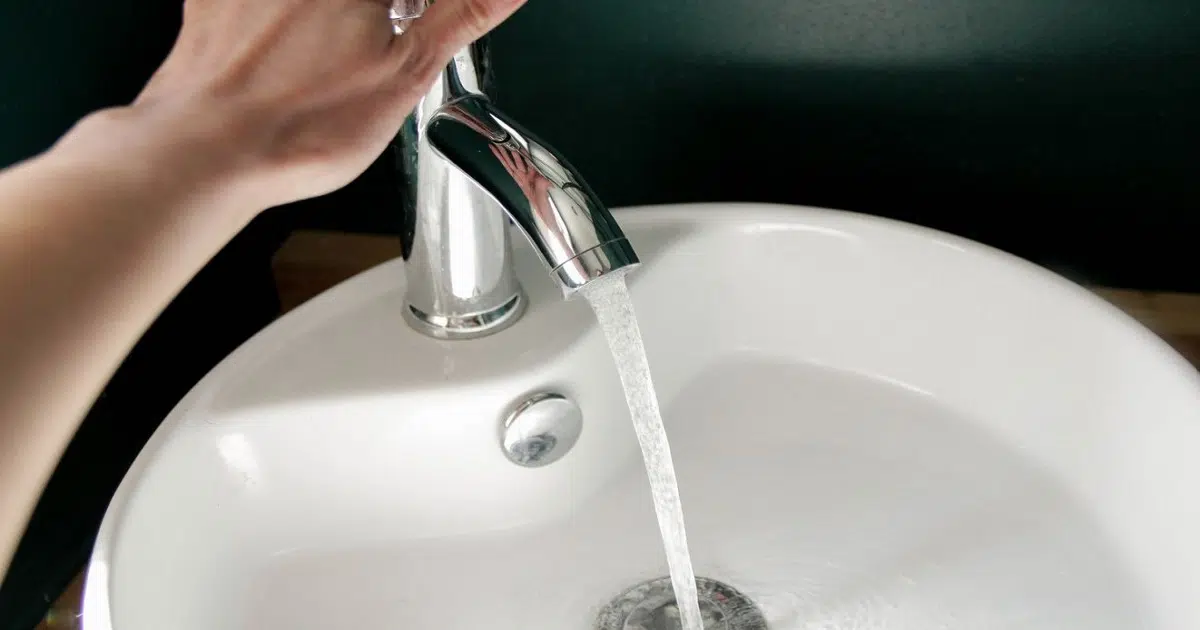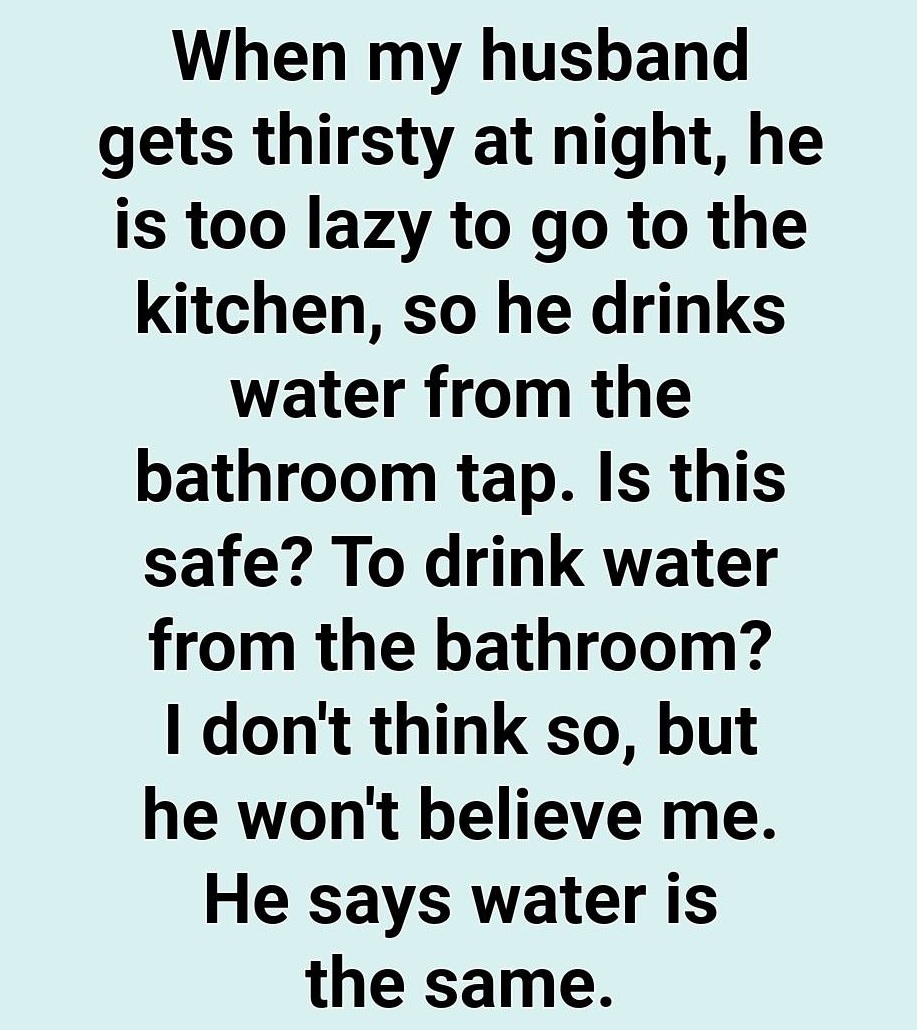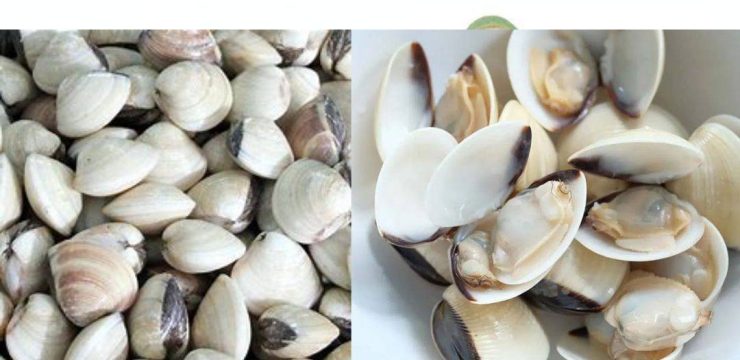When it comes to quenching your thirst, chances are the bathroom faucet isn’t the first thing that pops into your mind. Most people instinctively reach for water from the kitchen, and the thought of drinking from the same sink where you brush your teeth or wash your hands might make you a little uneasy.

But let’s break it down—can you actually drink water from the bathroom safely? The short answer is yes, in most modern homes, it’s perfectly safe. Thanks to updated plumbing systems, the water that comes out of your bathroom faucet usually originates from the same source as your kitchen tap. Municipal water supplies are treated and filtered before reaching your home, meaning that whether it’s coming from the kitchen, bathroom, or laundry room, it’s all supposed to be equally safe to drink. That said, there are a few things you should consider before making bathroom tap water your go-to hydration option.

The age and condition of your plumbing is a big one. If you live in an older home and the pipes haven’t been replaced or maintained in decades, there’s a risk that corrosion or buildup in the pipes could affect water quality. Old metal pipes, especially those made of lead or galvanized steel, may introduce contaminants or give the water a metallic taste. Even if the water is technically safe, the flavor and clarity could be off due to aging infrastructure. On the flip side, if your home is newer or has had recent plumbing upgrades, this likely won’t be an issue. Another factor is whether your home is equipped with a water softening or filtration system. These systems are great at removing excess minerals and impurities that might affect water taste or quality.
If your bathroom water is running through one of these systems, it might even be better than what’s coming out of your kitchen faucet. Some whole-house systems are designed to treat every drop of water that enters the home, giving you peace of mind no matter which faucet you’re using. Curious about what’s actually coming out of your bathroom tap? You can buy simple water testing kits to check for contaminants like lead, chlorine, or bacteria. These kits give a clearer picture of your water quality and can be especially helpful if your house is older or you’ve noticed any odd smells, discoloration, or tastes. Now, let’s get one thing straight—just because the toilet is in the same room doesn’t mean your drinking water is somehow connected to the bowl.
The water that fills your toilet tank and the water that comes out of your faucet are supplied separately through different pathways. You’re not sipping from the same source as your toilet, so there’s no need to panic or cringe at the thought. Still, while the water may be safe, the cleanliness of your bathroom sink is a whole other story. Sinks, faucets, and handles can harbor germs, mold, and bacteria, especially in a moist environment like a bathroom.
@yorkshirewater Does anyone drink the water from their bathroom tap?💧🛁 #yorkshirewater #somethingthatfeelsillegal #bathroomwater #bathroom #water ♬ Hip Hop with impressive piano sound(793766) – Dusty Sky
If you haven’t cleaned your sink in a while or if several people use it regularly, you’ll want to make sure it’s properly sanitized before letting your cup anywhere near it. Avoid letting your glass touch the faucet or sink surface to minimize contact with germs. In conclusion, drinking water from the bathroom faucet is generally safe, especially in homes with modern plumbing and clean conditions. But it’s always smart to use a little judgment. If your pipes look like they belong in a museum or your sink hasn’t been scrubbed since the last decade, you might want to play it safe and stick with the kitchen tap. As long as your bathroom is clean and your plumbing is in good shape, there’s nothing wrong with grabbing a quick sip from the bathroom faucet. Just be careful not to mix up your water glass with the mouthwash cup—unless you enjoy a minty surprise you didn’t ask for.





